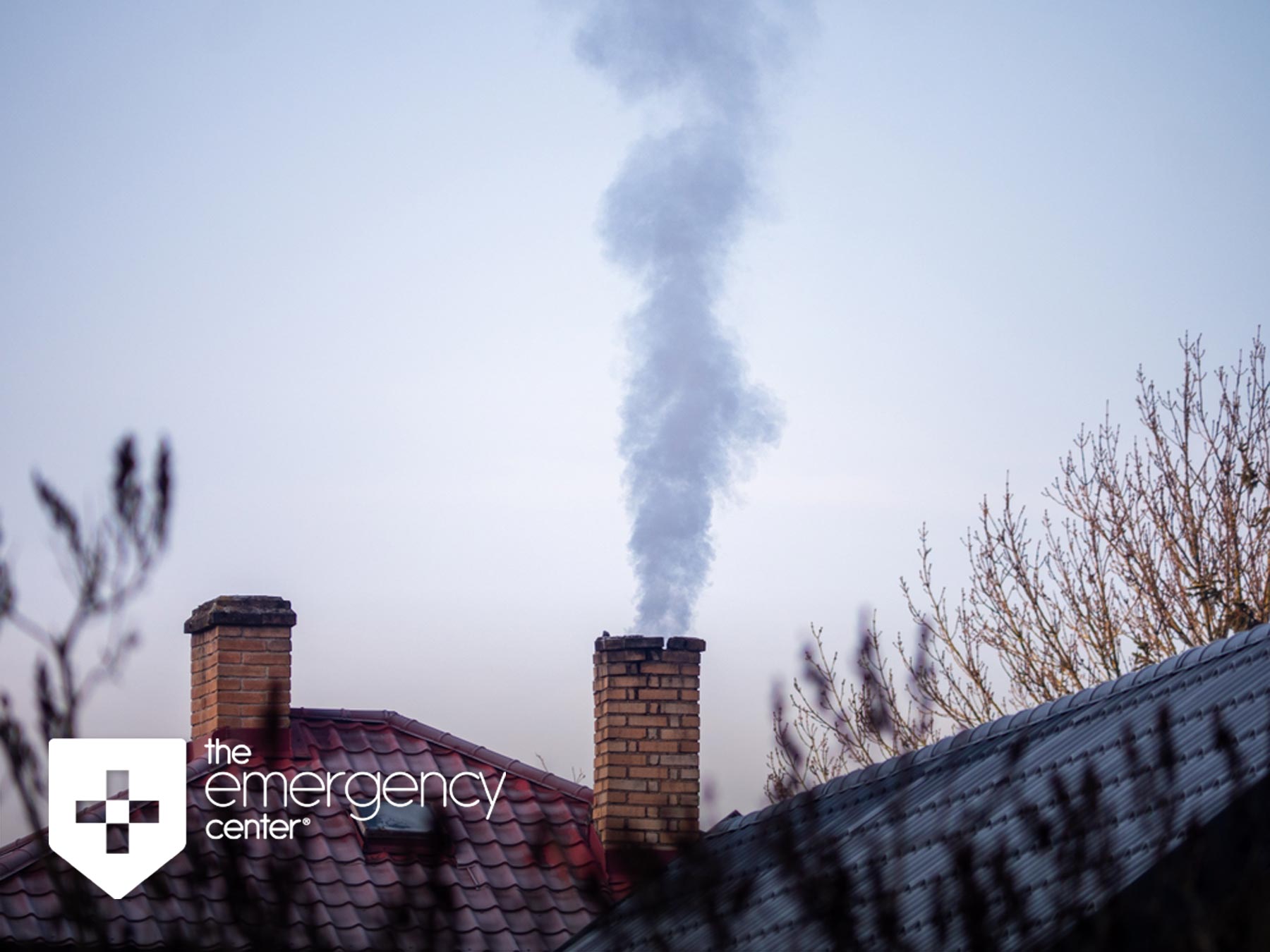Carbon monoxide (CO) is an odorless, colorless, and tasteless gas that is often referred to as the “silent killer.” Each year, thousands of people suffer from carbon monoxide poisoning, and unfortunately, many cases are preventable. At The Emergency Center, we want to ensure that you and your loved ones are informed about the dangers of CO poisoning, how to prevent it, and when to seek emergency care.

Carbon monoxide is produced when fuels like gas, oil, wood, or charcoal burn incompletely. Common household sources of CO include:
The danger of CO poisoning increases during colder months, as people tend to rely on heating appliances and may use unsafe methods to warm their homes during power outages.
Carbon monoxide poisoning can mimic the symptoms of other illnesses, making it challenging to identify. Common symptoms include:
Severe CO poisoning can lead to fainting, seizures, coma, and even death. Infants, elderly individuals, and those with pre-existing health conditions are particularly vulnerable to the effects of CO poisoning.
Prevention is key to protecting your family from carbon monoxide poisoning. Follow these safety tips to reduce your risk:
2. Maintain Appliances: Have gas-powered appliances, fireplaces, and heating systems inspected and serviced annually by a qualified technician.
3. Use Generators Safely: Never use generators indoors or in enclosed spaces. Keep them at least 20 feet away from windows, doors, and vents.
4. Ventilate Properly: Ensure that chimneys, flues, and vents are free from blockages and debris.
5. Avoid Running Vehicles in Enclosed Spaces: Do not run your car or truck inside a garage, even if the door is open.
6. Be Cautious with Space Heaters: Only use space heaters that are approved for indoor use and have safety features such as automatic shutoff.
By following these precautions, you can significantly reduce the risk of CO exposure in your home.
If you or a loved one experience symptoms of carbon monoxide poisoning, it is crucial to act quickly. Get fresh air immediately by leaving the area where CO exposure may have occurred. Call 911 or head to the nearest emergency room if symptoms persist or worsen. Signs that you need urgent medical attention include:
At The Emergency Center, we are equipped to handle all levels of carbon monoxide poisoning. Our state-of-the-art facilities and experienced medical team can provide:
The Emergency Center offers 24/7 care with no wait times, ensuring that you or your loved one can receive prompt attention in a comfortable environment.
Awareness and prevention are your best defenses against carbon monoxide poisoning. Take proactive steps to ensure your home is safe, and familiarize yourself with the symptoms of CO exposure. If you ever suspect carbon monoxide poisoning, don’t hesitate to seek medical care immediately.
At The Emergency Center, we are committed to keeping you and your family safe. With advanced treatment options and compassionate care, we are here to help you through any emergency, including carbon monoxide poisoning. Together, we can work to prevent tragedies caused by the “silent killer.”
The Emergency Center
San Antonio
11320 Alamo Ranch Pkwy
San Antonio, TX 78253
Phone: 210-485-3644
Conroe
4019 Interstate 45 N,
Conroe, TX 77304
Phone: 936-247-9457
Experiencing abdominal pain? Learn what it could mean by location and when to visit the…
Is your skin redness a sign of something serious? Learn about different types of skin…
Why are ER wait times so long? An emergency room physician explains key delays and…
Enjoy winter sports safely! Learn how to prevent injuries & discover when to visit emergency…
Worried about ER visits this New Year’s Eve? Learn top safety tips to avoid common…
Worried about holiday ER visits? Discover common health risks and safety tips to stay healthy…